10 best flip phones of all time
Giving you the best way to hang up
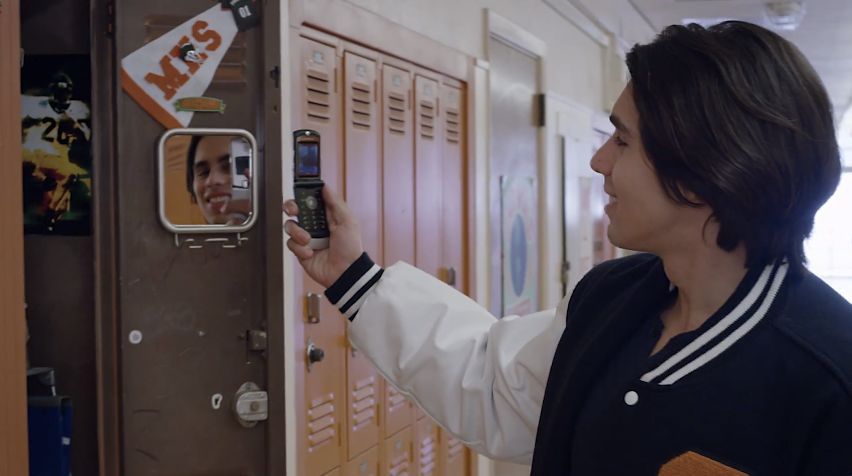
Today, smartphone design is a pretty dull affair. Legions of monolithic, identikit black slabs populate our pockets and any semblance of innovation has mostly died. It wasn't always this way.
Much as the battle for desktop today focuses on the shape of future computers, so too did mobile design in the late nineties and throughout the noughties. Dozens of weirdo handsets made it to market with oddball looks, some thriving, others vanishing without a trace.
Of these daring designs, the flip phone was among the most enduring, and certainly evokes nostalgia among a certain portion of the population. From Nokia to Motorola, Samsung to Sony Ericsson, each manufacturer contributed classics that set the bar for style, comfort and elegance.
And let's not forget, flip phones provided us with the most satisfying way to end a call, ever. Slamming your clamshell shut wasn't just easy, it also looked damn cool.
- Fancy something more modern? Check out our Best phones 2016 ranking
The flip phone might now be something of the past, held onto by die-hards hoping for some impossible tech-opalypse that sets the world back a decade, but it lives on in the hearts of the mobile-minded.
Here are ten of the best ever to grace the market:
Motorola StarTac
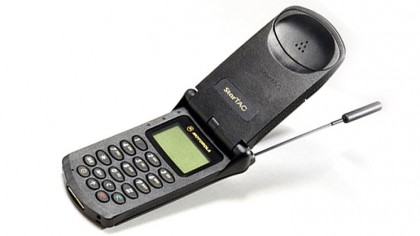
Launched: 1996
The first, the progenitor, the alpha and the omega of flip-phones; the Motorola StarTac was truly the beginning of a mobile revolution.
'Mobile' phones of the past, clunkers used as car-phones due to their size and weight, gave way to this, a palmable refinement to a design formula started with the MicroTac eight years earlier.
Indeed, the public seemed to agree, with the device shifting over 60 million units during its lifespan. It had a large battery, a sexy network indication LED and could vibrate as alerts arrived, along with a design that was impossible not to love.
Sanyo SCP-5300
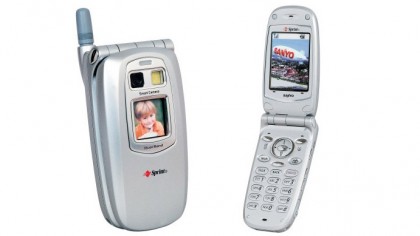
Launched: 2002
It was in Japan, as with many crazy trends, that the idea of the camera-phone first surfaced. DSLRs were only really beginning to hit the mainstream, and the public still had an infatuation with film.
With the release of the Sanyo SCP-5300, the first camera-phone to be released in the US, things began to change, as convenience overtook consideration.
Here was a camera that could be carried at all times, putting the power of a 0.3 MP sensor in the hands of the masses. Though image quality was poor, a powerful idea had been planted, and flip-phones continued to lead the charge.
Motorola V300
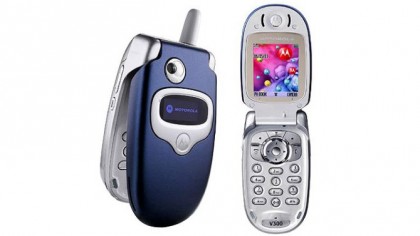
Launched: 2003
It may seem obvious to say, but not every seismic change in mobile occurs at the high-end of the market. While the best camera quality, design, audio performance, display resolution and more is reserved for top of the line devices, it is the low-end devices sold in their millions that provide the profit necessary to continue this investment.
The Motorola V300 series is a prime example of this. First released in 2003, it was one of the devices of choice for a public just waking up to the idea of text messaging and more, selling by the truckload and inspiring a series of models that would continue for many years.
Nokia 7200
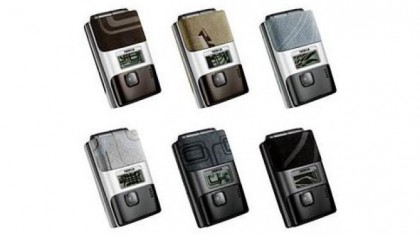
Launched: 2003
It was in the first half of the 2000's that the public really began to start purchasing mobile phones en masse. To counter this new demand, a sea of devices was released by various manufacturers. To stand above, something special was always required.
And none did 'special' better than Nokia, and the 7200 is a perfect illustration of this. Sporting a highly unusual, textured design utilizing several different types of fabric throughout, the 7200 felt like no other device at the time (or since).
It was an oddball, but a truly memorable classic nonetheless.
Motorola Razr V3
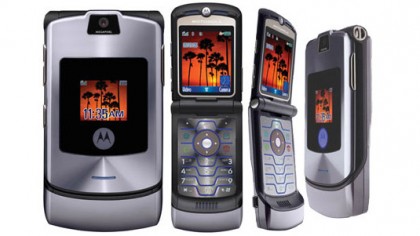
Launched: 2004
For many people the world over, when thinking of flip-phones it is Motorola's Razr series that springs to mind. Some of the best-selling handsets ever, these slick, beautiful pieces proved that phones could be premium as well as comfortable.
The V3 was the epitome of the range, selling more than 130 million units, ranking in the top ten most successful phones ever released, even to this day.
Released in late 2004, it sported a thin aluminum body that immediately set it apart from the competition, along with a keypad made from a single sheet of metal. It was arguably the first phone to fuse tech with fashion, resulting in an iconic handset that was extremely stylish.
Motorola Pebl U6
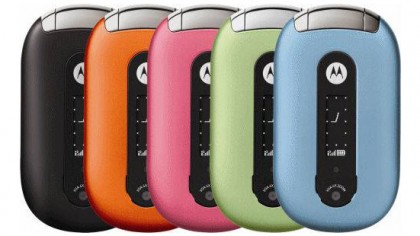
Launched: 2005
The current trend for our phones is to get increasingly bigger, but the exact opposite was true in the noughties. Miniaturisation was still the hot tech of the moment, and packing the same components into ever tighter spaces was considered a hallmark of great design work.
The Pebl U6, boasting a lovely hinge and pebble-smooth exterior, was about taking this philosophy and adding comfort, aiming for a natural look and feel.
This notion clearly caught the attention of the public, with the handset selling in the millions, showing that success lies as much in little details as it does in grand sweeps.
- Retro Phone Review: Motorola PEBL
Sony Ericsson Z520
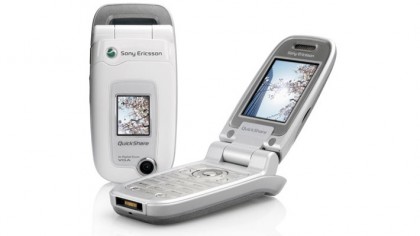
Launched: 2005
If there is one audience that marketers love to court but never really 'get', it's the youth. With the Z520, Sony came pretty close to achieving that lofty goal.
Released in 2005, it was the first quad-band device produced by the company (real "kidz" [spelled with a 'z' for added 'freshness'] in those days couldn't get enough of good call reception), sporting swappable front plates in a variety of different colours.
With a 0.3MP VGA camera, and a secondary display on the front, it proved to be a popular, and stylish accessory for achingly trendy young things to cause acute envy among their socio-economic inferiors.
Nokia N93
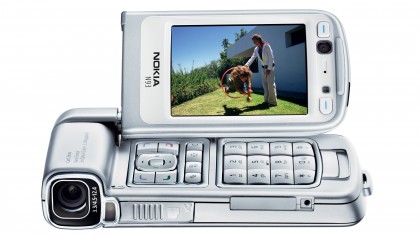
Lanched: 2006
Nokia was once the largest phone manufacturer in the world. And for good reason, as many of the devices it produced pushed at the limits of what was technically possible at the time, and the N93 was an excellent example of this.
In 2006, this was THE best camera-phone on the market, combining a 3.2MP sensor and a Carl Zeiss lens to great effect.
It also boasted a unique swivel design, and advanced video recording capabilities. Though it may not have been a beauty, it was certainly a capable beast.
- Read our Nokia N93 review
Sony Ericsson W508
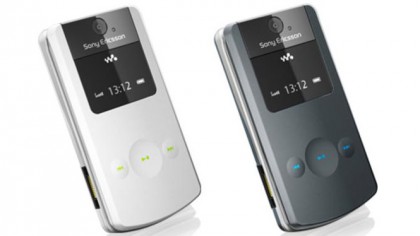
Launched: 2009
Released in 2009, this was a handset that epitomised the confidence of Sony Ericsson as a brand. Using the meaningful "Walkman" moniker, this was characterised as a handset for the masses that nonetheless contained a handful of premium features.
Boasting a roomy 100MB (expandable to 16GB with a M2 card) of internal memory, it sported physical music controls on the outside, a relatively advanced 3MP camera for the price, head-turning design and more.
At a time when smartphones were beginning to take hold, this proved that flip-phones still had what it took to compete at the high-end, and for a much lower price-point.
Blackberry 9760 Oxford/Style
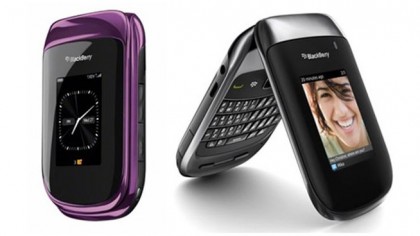
Launched: 2010
Blackberry (then called RIM), has never been known for its flip phones. Judging by this particular entry, that is something of a crime.
Released in 2010, the 9760 Oxford/Style was an exercise in cool sophistication, exuding class and polish by the proverbial bucket-load.
In a classic Blackberry move, it was also the first flip phone produced by the company that featured a full QWERTY keyboard, making it a strong proposition for productivity junkies who didn't want to settle for an something functional but ugly.
Get daily insight, inspiration and deals in your inbox
Sign up for breaking news, reviews, opinion, top tech deals, and more.

TechRadar's former Global Managing Editor, John has been a technology journalist for more than a decade, and over the years has built up a vast knowledge of the tech industry. He’s interviewed CEOs from some of the world’s biggest tech firms, visited their HQs, and appeared on live TV and radio, including Sky News, BBC News, BBC World News, Al Jazeera, LBC, and BBC Radio 4.